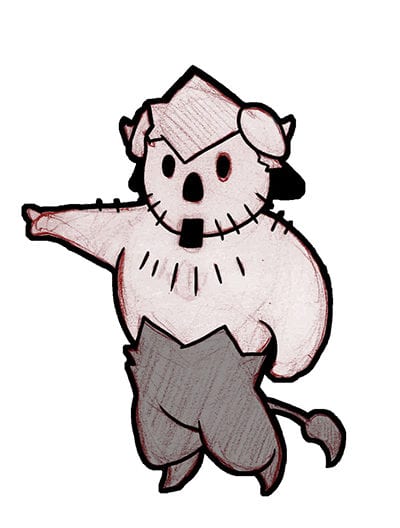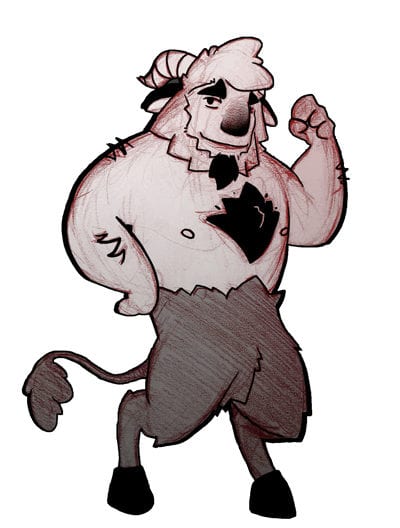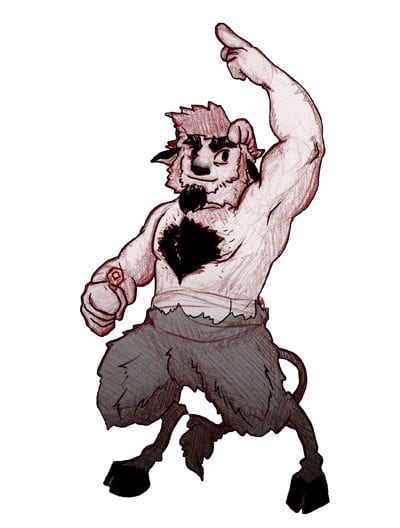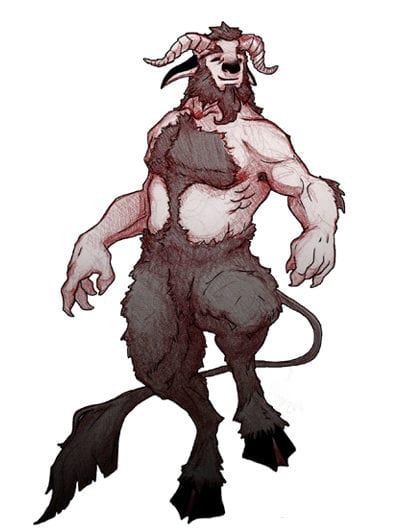
Six different styles in which we can perform our characters.
In the world of character design, the categories of the characters refers to the different levels of realism, or simplicity, which we use when making each of our individual characters, according to the role and function of our character in the story we intend to tell.
There are six main categories in character design.
-
Iconic
They are extremely simplified characters, where the geometry in its construction is quite visible. They have very few details. Their eyes are usually two black dots without pupils, which detracts from their expressiveness. Some examples are Mickey Mouse, Pocoyo, Hello Kitty, the characters from Adventure Time or Peppa Pig.

-
simplified
They are, like the previous ones, very simplified characters although their facial features are somewhat more expressive. They have very few details and, as in the previous ones, we can appreciate, quite easily, the geometry in their construction. This style is often used in television series. Some examples can be seen in the characters of Current Stories, the Simpsons or Mr. Bean.
-
Exaggerated
This character style is much more expressive than the previous two styles, and is designed for very cartoonish and exaggerated performances, are characters designed to make you laugh only with their physical appearance. Generally, eyes and mouths are designed quite large in order to be able to make very exaggerated expressions later. Examples of this type of character are the Coyote (Road Runner), Scrat (Ice Age), the Rabbids or the Minions.
-
Comedic companion
The comedian companion does not transmit humor in his physical aspect like the previous one, but rather they use dialogue and acting to create humorous situations. The facial anatomy, therefore, is less exaggerated. Although they are comic characters, they also need to be tragic at some point in the narrative, so their anatomy should not be as exaggerated as the previous ones. In most Disney movies there is the comic companion. Examples of this character style are Mike Wazowski (Monsters Inc.), Mushu (Mulan), Ass (Shrek), Dory (Nemo), Sid (Ice Age).
-
Main character
These characters are the protagonists and therefore we need the public to connect with them, so they must be able to express themselves like us. Thus, These characters are characterized by being quite realistic in their anatomy, facial expressions and acting. Therefore, they take care of the proportions, which must be more realistic and provide more details to the facial and body anatomy.
-
Realistic
These characters are the ones with the highest level of realism. Although they retain a certain caricature in the design, it is very subtle. They are characters with a fairly detailed anatomy. To make these types of characters it is necessary to have a broad knowledge of human or animal anatomy depending on the type of character. Many characters from comics, video games and some characters from animated movies and movie monsters belong to this style. Examples may be human Fiona (Shrek), many comics from DC and Marvel publishers, characters from Assasin's Creed or Golum (Lord of the Rings).
It is common for characters belonging to different styles to appear in the same animated film. We can find up to four different styles of characters in some movies. An example is Shrek, where we have from characters belonging to the realistic style (as we have mentioned before) such as human Fiona; main characters like Fiona ogre and Shrek; characters like Donkey that belong to the comedic companion category or Ginger that belongs to the more simplified iconic style.
Although if it is true that, generally, characters closest in the style hierarchy will go better together that the very distant characters, such as, for example, those belonging to the simple and realistic style. But it is also true that there are many exceptions and that we should not put barriers to creation, since experimentation can lead to very interesting work.
Image- Francisco Kobo
I think it's one of the first results I find where they propose a category of visual characteristics or synthesis levels for characters, and I think that from there you can start with the different styles. Very useful information.